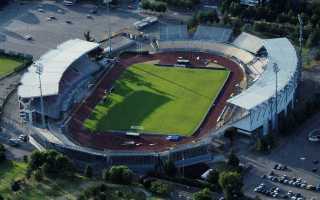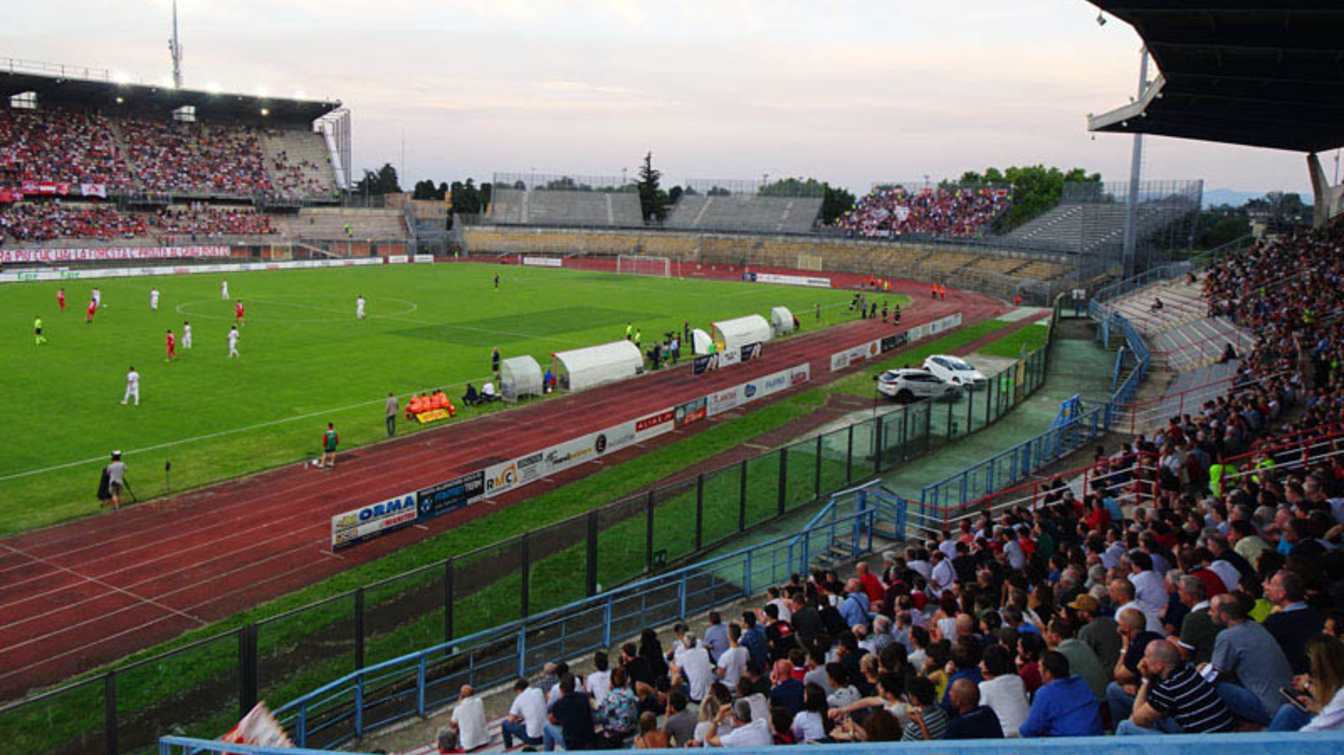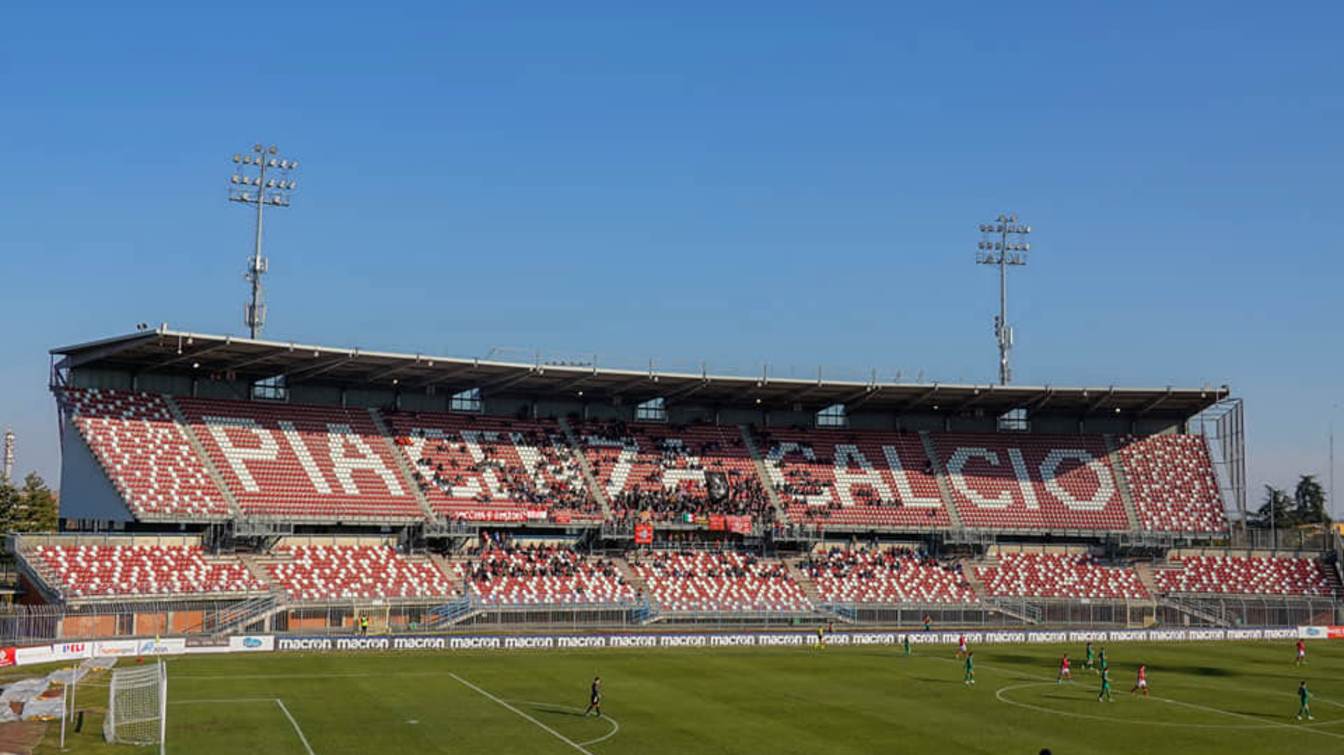Italy: Stadio Garilli says goodbye to tubular structures
source: StadiumDB.com; author: Jakub Ducki
 Stadio Garilli in Piacenza is undergoing another transformation. The dismantling of the characteristic tubular structures that have accompanied the stadium for three decades will usher in a new era for the venue.
Stadio Garilli in Piacenza is undergoing another transformation. The dismantling of the characteristic tubular structures that have accompanied the stadium for three decades will usher in a new era for the venue.
Advertisement
History of stadium and tubular structures
Stadio Garilli, located in Piacenza, is one of the symbols of local football. The facility has undergone numerous changes since its construction, but of particular note are the distinctive tubular structures placed over the historic concrete arches. The installation of these elements took place in 1993, coinciding with Piacenza Calcio's historic promotion to Serie A.
Fans in Italy may be concerned about the state of Italian stadiums, which need to be brought up to the highest standards. However, many fans are looking for alternative activities at their fingertips, so they don't have to worry at all and can improve their mood. A very popular option is to go on tour, including those abroad, so that you can visit the legendary San Siro and beautiful Milan.
The tubular structures, made of iron and aluminium, had not only an aesthetic function, but also a practical one related to the expansion of the venue. Over time, however, they became a symbol of the past, and their technical condition made further use impossible.
Decision to demolish
The groundbreaking decision to dismantle the structures was announced by the Piacenza City Council just before Christmas. The task has been entrusted to Cosmo Scavi Srl of Noale in Venice. Work is expected to begin in 2025. A key aspect of this project is that the company will take ownership of the recovered materials, estimated to be worth €53,000. In return, the municipality will receive €8,000 (plus VAT), bringing the total to nearly €10,000.
The decision to donate the materials recovered from the structure to the dismantling company is part of an increasingly widespread trend towards sustainability. Recycling metals, rather than disposing of them, reduces waste and increases economic efficiency. This approach can serve as a model for other local authorities facing the challenges of upgrading their sports facilities.
The demolition concerns the south and north arches of Stadio Leonardo Garilli, which have remained unused for years. They were decommissioned after the bankruptcy of Piacenza Calcio in 2012. This decision, although already planned last summer, has only now received final confirmation.
Although the future of the venue is still uncertain, the municipal authorities are not ruling out the construction of a new stadium. Among the possible scenarios is a project prepared by the Polytechnic University of Milan, whose feasibility study has been presented to the City Council. However, the realisation of such a project would require significant funding and further studies.
What next for Stadio Garilli?
Will the dismantling of the tubular structures be the start of major changes? This question is difficult to answer unequivocally. However, there is no doubt that Piacenza needs a stadium for the 21st century - in terms of functionality as well as aesthetics. The demolition is the first, albeit symbolic, step towards this goal.
A new chapter in the history of Stadio Garilli remains in the hands of local authorities and investors. Whether the facility gets a comprehensive upgrade or is completely rebuilt, the decisions taken today will certainly affect the future of football in Piacenza.
Advertisement

 StadiumDB
StadiumDB ©
©  ©
©